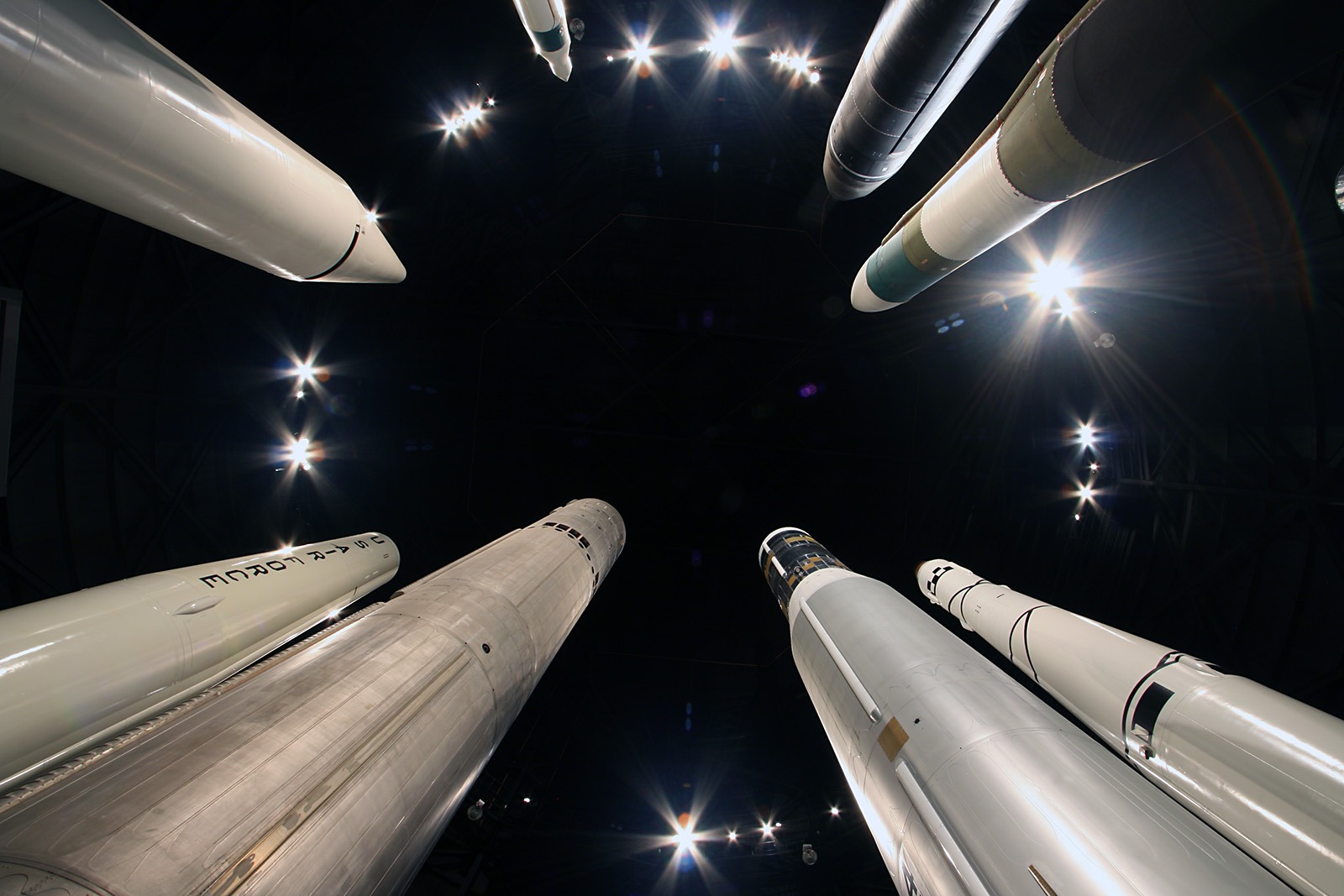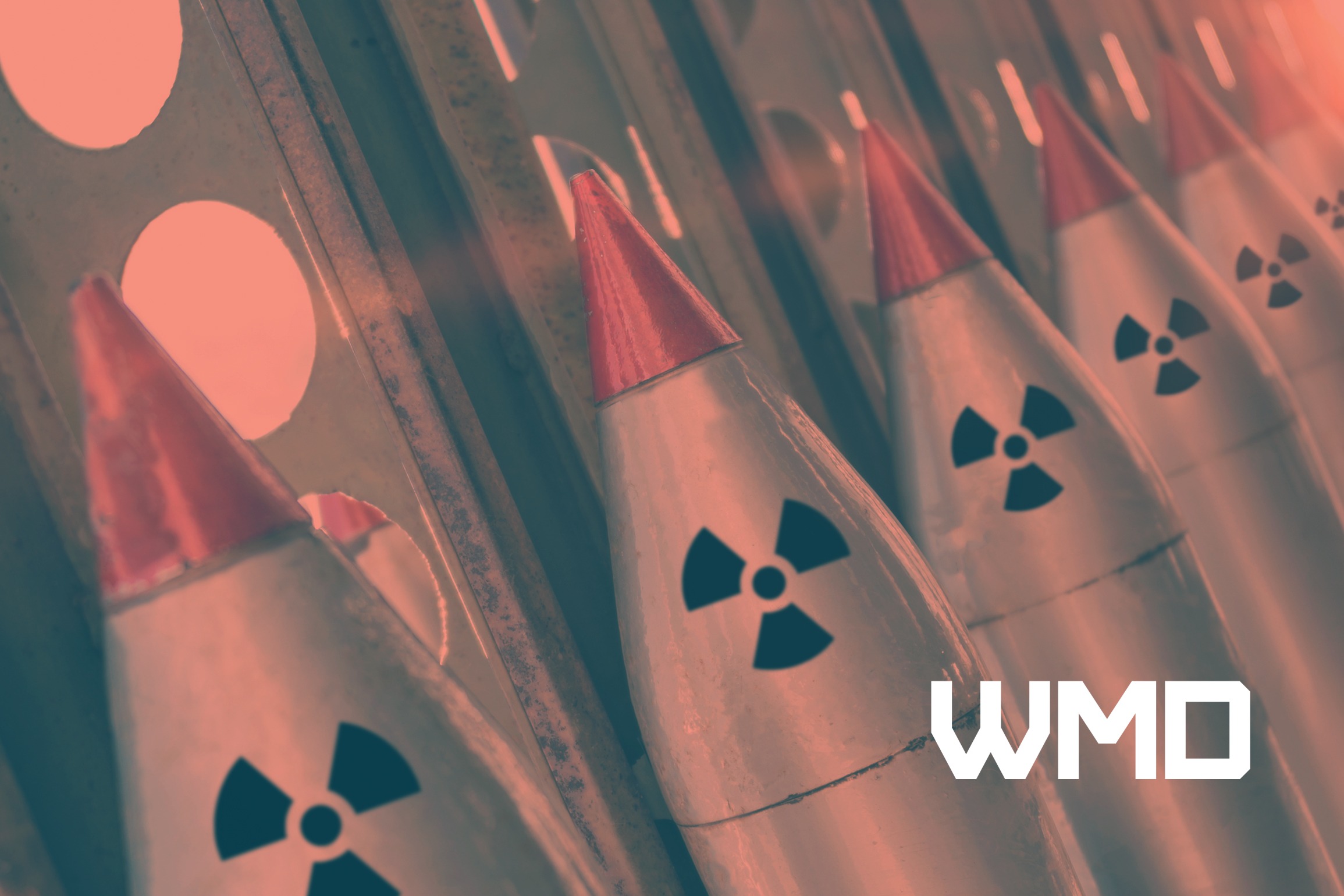Asia-Pacific Nations' Military Space Developments
Major spacefaring nations located in the Asia-Pacific such as China, India and Japan have been advancing their militaries’ space capabilities. In 2007, China tested an anti-satellite (ASAT) weapon. Such ASAT technologies were further refined in 2010, 2013 and 2014.
There are open sources reporting that the People’s Liberation Army Strategic Support Force (PLASSF) is training with ASAT missiles aimed at U.S. satellites. The ASAT includes a variant of the HQ-19 surface-to-air missile, (utilized in tests in 2007 and 2010) and the DN-2 (2013), the DN-3 (2015, 2016 and 2017).
The SC-19 modeled on the DF-21C ballistic missile is China’s primary ASAT weapon, with a range of between 2,150km to 2,500km.
With the completion of its BeiDou navigation system, China can now independently guide missiles and bombs onto fixed targets without fear that the U.S. will turn off navigation services as was suspected during the 1996 Taiwan Strait crisis when China lost sight of two of the missiles it launched.
This capability strengthens China’s ability to coerce or compel others within its sphere of interest, such as on issues like the South China Sea, Taiwan or Hong Kong.
In 2008, as a response to China’s ASAT test in 2007, India established a separate Integrated Space Cell within the Integrated Defense Services Headquarters, followed by the Space Security Coordination Group under the national security adviser. RISAT-2, launched in 2008, was India’s first dedicated military satellite, followed by GISAT-7 in 2013.
In March 2019, India launched its Mission Shakti ASAT test against its own target satellite Microsat-R. The ASAT test demonstrated India’s capability to hit (interdict and intercept) adversary objects in space. The test was described by Indian Prime Minister Narendra Modi as a deterrent asset against any attack on India’s space infrastructure.
Japan, which has historically mandated its space assets for purely civilian purposes, is starting to acknowledge the defensive and military implications of space.
In 2018, then Japanese Prime Minister Shinzo Abe highlighted the priority of space with regard to modern military systems, and added the requirement to develop Japan’s military space capabilities. Since 2008, under Japan’s Basic Space Law, the use of space for military purposes has been allowed under strict guidance.
Creating a robust Space Situational Awareness (SSA) partnership with the U.S., Australia and Europe were highlighted as a critical need. In April 2020, the Japanese Diet passed a bill that established the Space Domain Mission Unit within the Japan Air Self-Defense Force, aimed to be fully functional by 2023.
Japan is developing an SSA satellite with a fitted optical telescope that can carry out the dual activities of both watching for space debris and ASATs. Japan is also working on developing a satellite interceptor, primarily to counter satellite threats from China.
The growing dependence of societies and their militaries on space for navigation, climate monitoring, weather forecasting, e-commerce, critical SSA, early missile warning systems, military command and control (CnC) as well as the interrelated nuclear command, control, communications and intelligence (NC3I) is creating an urgent need to secure space assets.
In April 2020, the China National Development and Reform Commission included space assets within its list of critical infrastructure.
How these developments play out in the Asia-Pacific context is critical to understand. For instance, Japan’s development of its interceptor missile capabilities and SSA is driven by what China may militarily accomplish in disputed islands on the East China Sea.
Another concern is the activities of North Korea with its growing nuclear and space capabilities. While North Korea has not demonstrated anti-satellite capabilities, it has developed jamming capacities within a particular geographic area.
In 2017, North Korea tested its first intercontinental ballistic missiles (ICBMs), the Hwasong 14 (8,500km-13,000km) and the Hwasong 15 (13,000km). Ballistic missiles can evolve into a counter-space capability.
A scenario to contemplate is if North Korea detonates a high-altitude nuclear device that could damage all satellites in low earth orbit. This would result in an inability to observe what North Korea intends to execute, due to a failure of space surveillance and intelligence directly connected to military CnC and NC3I.
This could result in miscalculations including presumptions about an imminent North Korea nuclear attack. Another scenario is North Korea launching an electromagnetic pulse attack through an ICBM or a satellite (say KMS3 or KMS4) causing critical damage to U.S. power grids.
The Outer Space Treaty of 1967 prohibits the placement of weapons of mass destruction (WMDs) in space and the 1972 Liability Convention clearly specifies the responsibility of the launching state for damage caused by space objects. In order to ensure responsible behavior in space, we need to further develop and refine the normative and legal frameworks to limit inadvertent or deliberate conflict.
There are ongoing epistemic community efforts to codify the rules of military engagement in space such as the “Manual on International Law Applicable to Military Uses of Outer Space” and the Woomera manual; university originated attempts based on existing international space laws and the laws of armed conflict.
With nations establishing military space forces, such conversations, while not legally binding, help clarify complicated legal terminologies. Such efforts assume further importance with the entry of the private space sector as a critical player, not anticipated by earlier state-focused space treaties.
The requirement for reassurance strategies aimed at the paranoid North Korean junta fearful of regime change is critical for the international strategic and non-proliferation community to contemplate.
Dr. Namrata Goswami is an independent scholar specializing in space policy. She is a former research fellow at the Institute for Defense Studies and Analyses, New Delhi, and former senior fellow at the United States Institute of Peace, Washington, D.C. The Korea Times published her article in cooperation with the Asia-Pacific Leadership Network for Nuclear Non-Proliferation and Disarmament (APLN).
This article was first published in The Korea Times on 9 December 2020 and is part of dedicated, regular column with analysis by APLN members on global issues. You can access the original post here.
Image: iStock.




